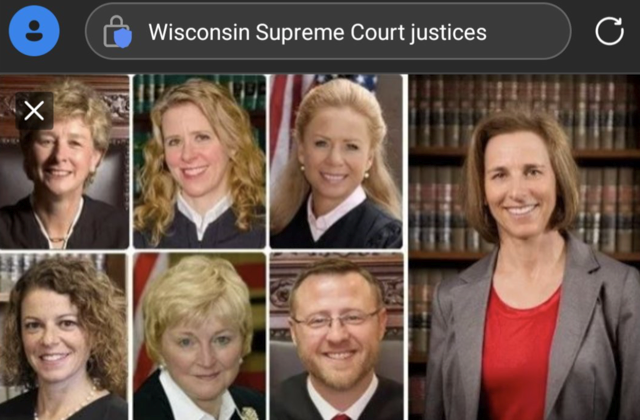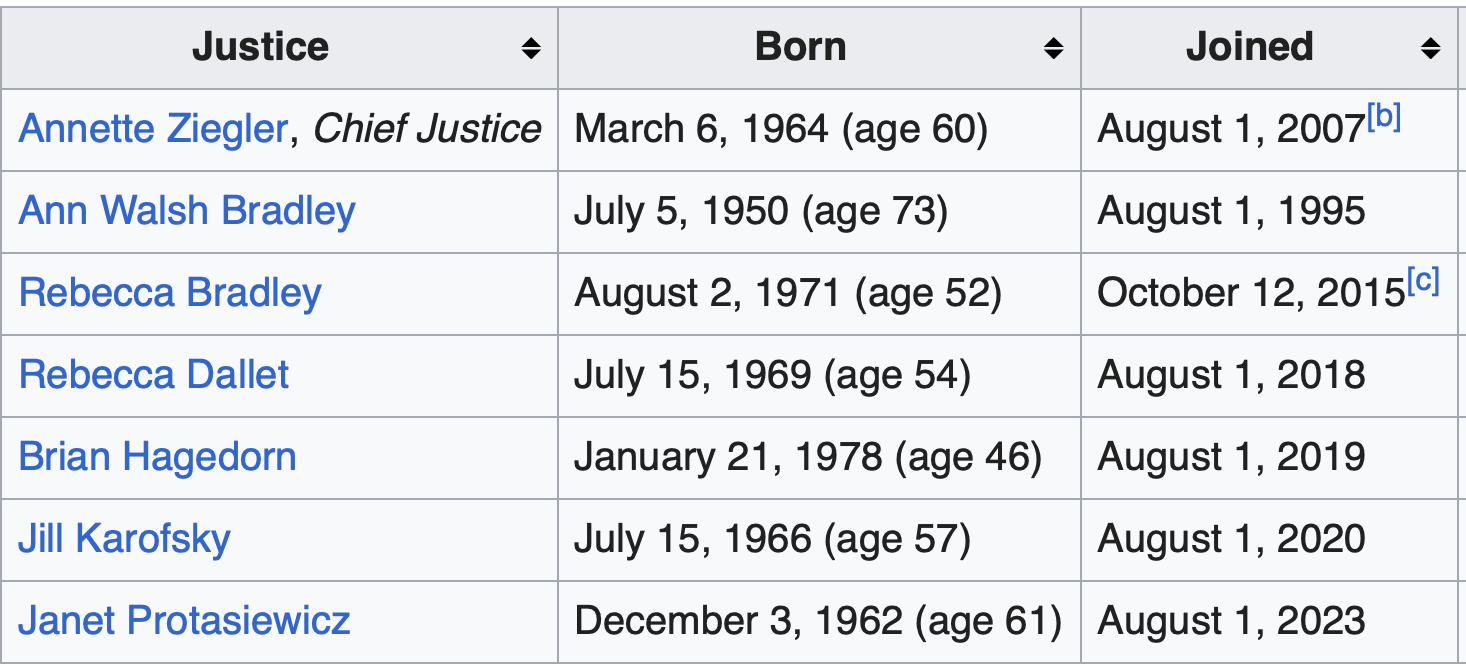"Not a pedestrian way"
-
In Charles Dickens’ Oliver Twist, a court informs the irascible character of Mr. Bumble that it assumes a level of control of his wife’s conduct. Mr. Bumble responds that “if the law supposes that, the law is a ass – a idiot.” The scene came to mind with a decision yesterday when the Wisconsin Supreme Court voted 4-3 in Sojenhomer v. Village of Egg Harbor that a sidewalk is not a “pedestrian way.”
Lawyers in Wisconsin are already sending around Bumble-like harrumphs to the decision, which is a testament to the ability of judges to ignore plain meaning to achieve desired results.
At issue was the effort of the state to create more sidewalks. Faced with resistance from homeowners, the state was using eminent domain to simply condemn the land and claim it for sidewalks. However, Wisconsin has strong protections for home owners, including statutes expressly stating that the power of eminent domain must be “strictly construed” against the government.Moreover, there is a statute that expressly bars the use of eminent domain to take property to for “pedestrian way[s].” It defines a “pedestrian way” as “a walk designated for the use of pedestrian travel.”
To every Bumble and non-Bumble alike, that would seem to describe a sidewalk, which is defined by Merriam-Webster as “a usually paved walk for pedestrians at the side of a street.”
Not so says Justice Rebecca Frank Dallet:
Reading the text of this section as a whole, we find several indications that the definition of pedestrian way does not include sidewalks. For starters, both § 346.02(8)(a) and (b) use the terms “sidewalk” and “pedestrian way” in ways that signify that each term has a separate, non-overlapping meaning. … Section 346.02(8)(b) states that pedestrian ways shall be treated ‘as if’ they were sidewalks for utility installation and assessment purposes. The phrase “as if” signals that one category (pedestrian ways) should receive the same treatment as a different category (sidewalks). That is the same way the legislature used “as if” in, for example, Wis. Stat. § 53.03, which states that Wisconsin courts “may treat a foreign country as if it were a state” in guardianship proceedings. Just as foreign countries are not states, but should be treated as if they were for guardianship purposes, pedestrian ways are not sidewalks, but should be treated as if they were for utility-installation and assessment purposes.
-
Elected:
The court is composed of seven justices who are elected in statewide, non-partisan elections. Each justice is elected for a ten-year term. Importantly, only one justice may be elected in any year. This avoids the sudden shifts in jurisprudence commonly seen in other state supreme courts, where the court composition can be radically shifted if two or three justices are simultaneously targeted for an electoral challenge based on their views on controversial issues. In the event of a vacancy on the court, the governor has the power to appoint an individual to the vacancy, but that justice must then stand for election in the first year in which no other justice's term expires.

